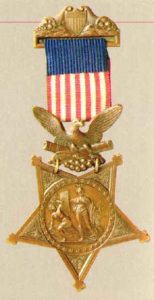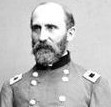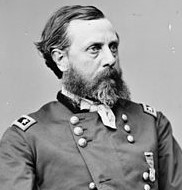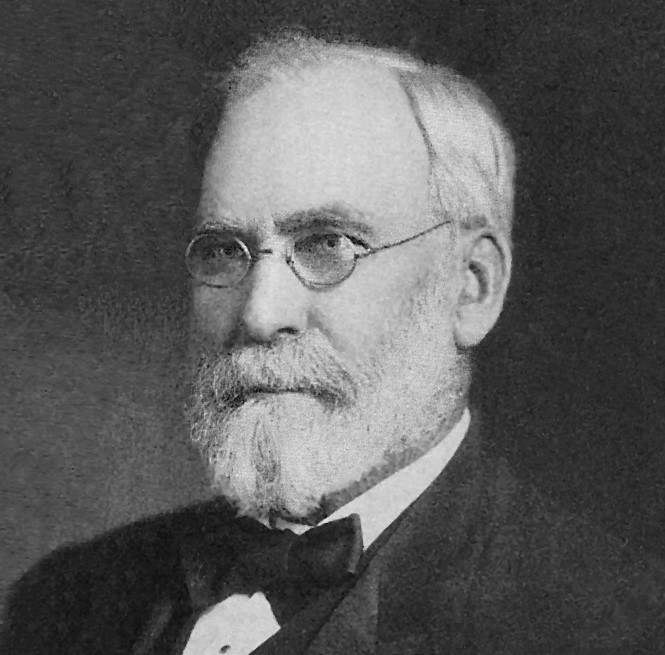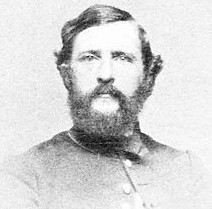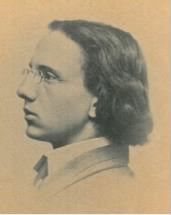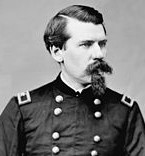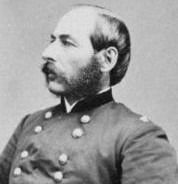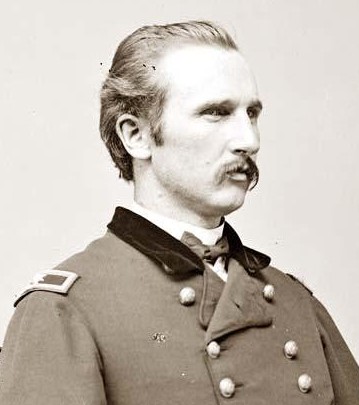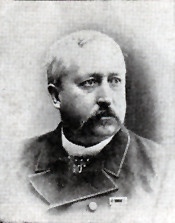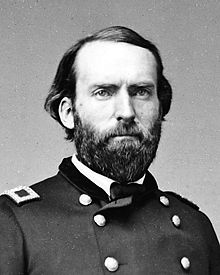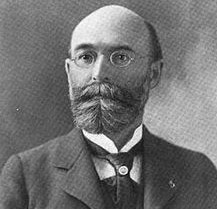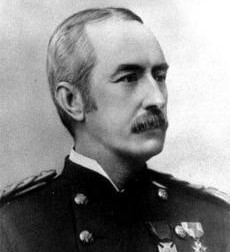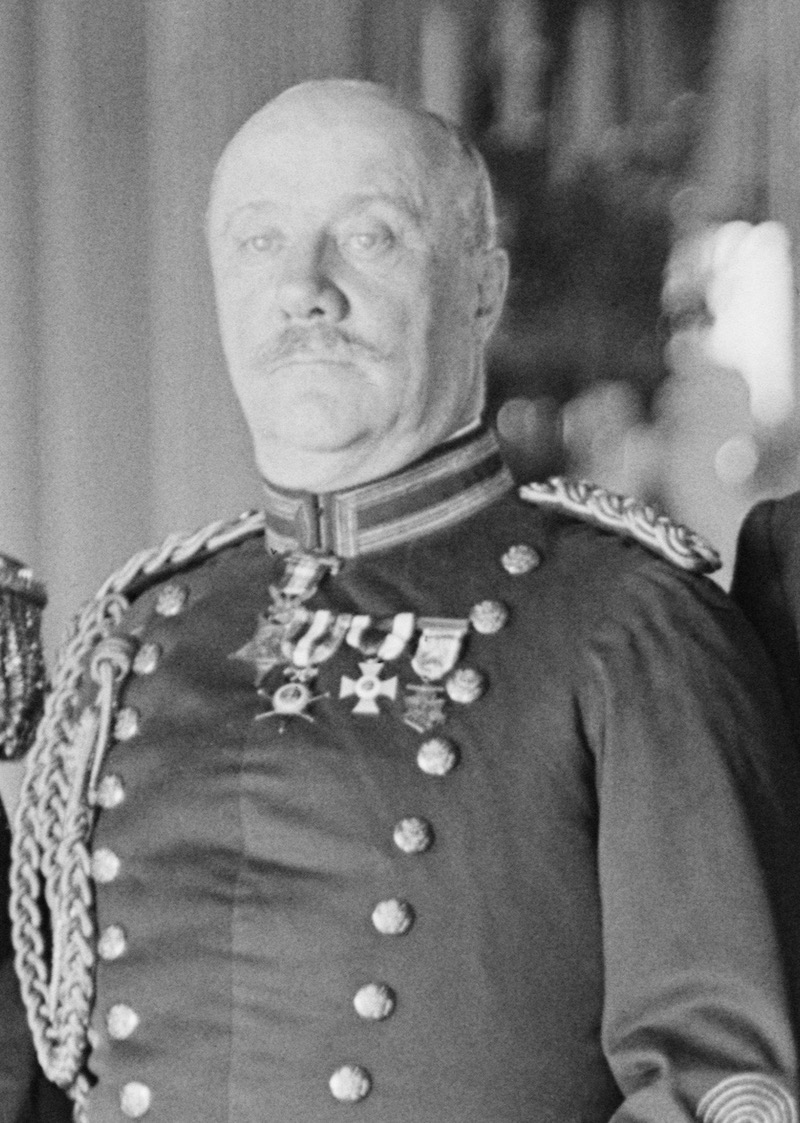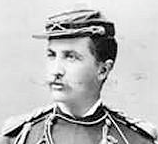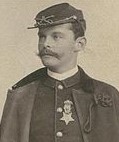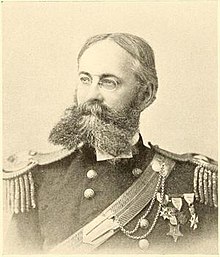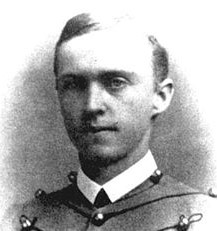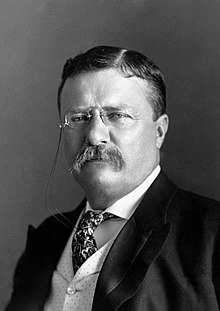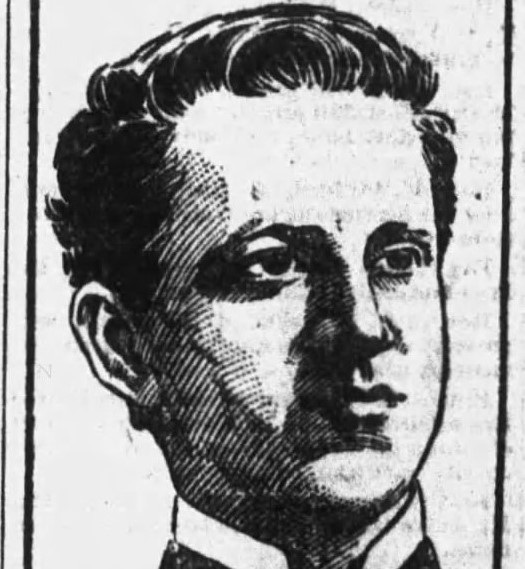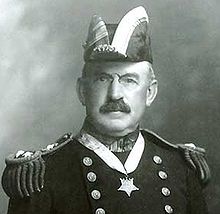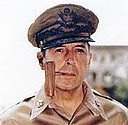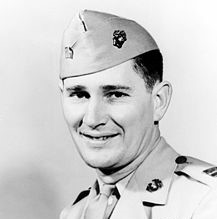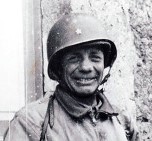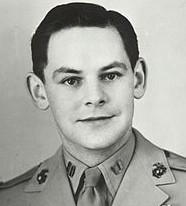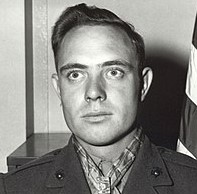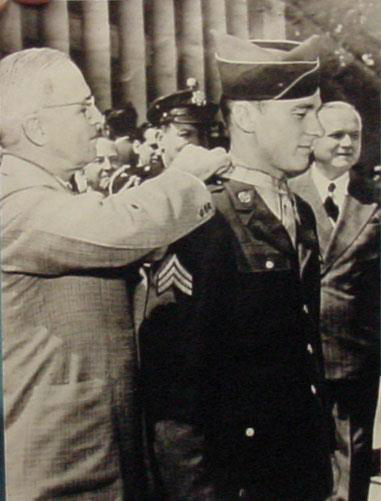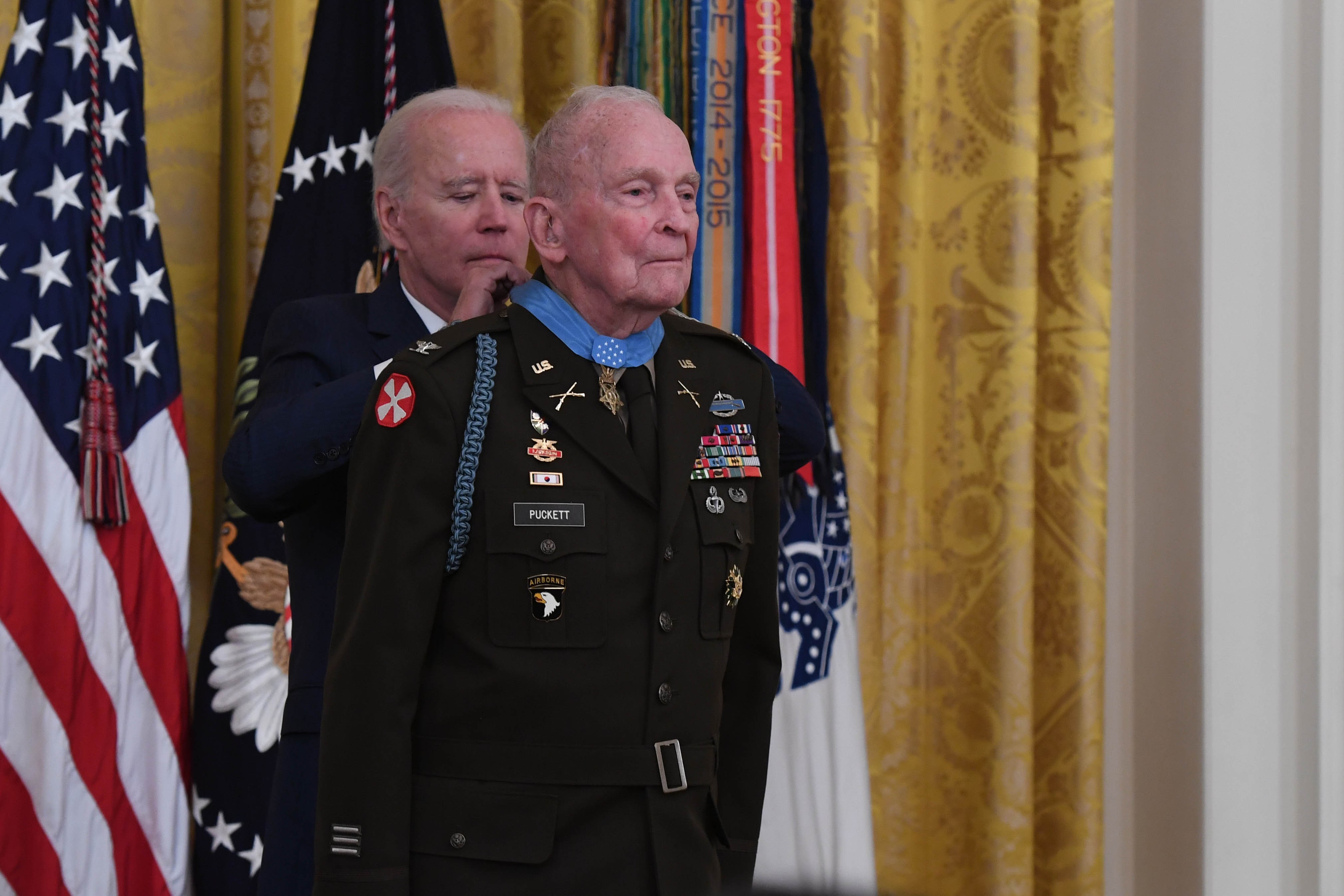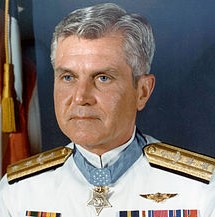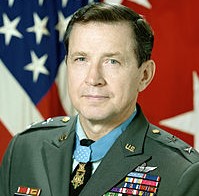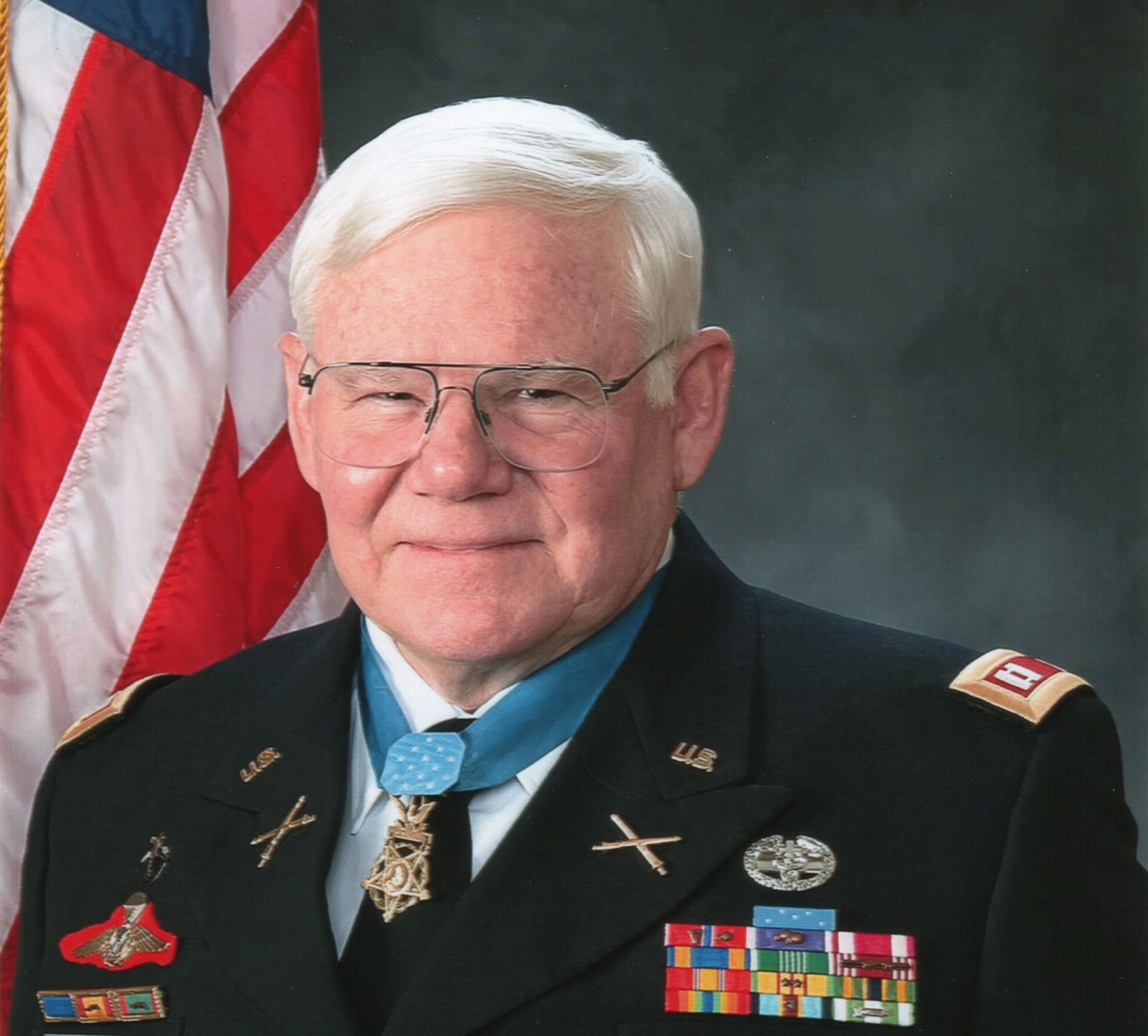Colonel Ralph Puckett, Jr. was born on 8 December 1926 and hails from Tifton, Georgia. Col Puckett is a combat veteran of two U.S. wars, Korea and Vietnam. In 1949, Puckett graduated from the United States Military Academy (where he captained the Army Boxing Team), was commissioned as an Infantry Second Lieutenant, deployed to Japan, and immediately volunteered to be assigned with the Rangers. When he was informed that there were no more lieutenant positions in the 8th Army Ranger Company, he said that he would “take a squad leader’s or rifleman’s job”; positions several grades lower than a lieutenant’s. Colonel McGee, who was in charge of forming the company, was so impressed by Puckett’s attitude that he gave him the company commander’s position; a position normally reserved for Captains. On 11 October 1950, the Eighth Army Ranger Company entered the Korean War, conducting raids during both daylight and night time conditions.
On April 30, 2021, Puckett was notified of the recent decision to award him the Medal of Honor for his actions on November 25, 1950. He received the Medal of Honor during a ceremony at the White House from President Joe Biden on May 21, 2021.
For conspicuous gallantry and intrepidity at the risk of his life above and beyond the call of duty: First Lieutenant Ralph Puckett, Jr. distinguished himself by acts of gallantry and intrepidity above and beyond the call of duty, while serving as the Commander, 8th U.S. Army Ranger Company during the period of 25 November 1950 through 26 November 1950, in Korea. As his unit commenced a daylight attack on Hill 205, the enemy directed mortar, machine gun, and small arms fire against the advancing force. To obtain supporting fire, First Lieutenant Puckett mounted the closest tank, exposing himself to the deadly enemy fire. Leaping from the tank, he shouted words of encouragement to his men and began to lead the Rangers in the attack. Almost immediately, enemy fire threatened the success of the attack by pinning down one platoon. Leaving the safety of his position with full knowledge of the danger, First Lieutenant Puckett intentionally ran across an open area three times to draw enemy fire, thereby allowing the Rangers to locate and destroy the enemy positions and to seize Hill 205. During the night, the enemy launched a counterattack that lasted four hours. Over the course of the counterattack, the Rangers were inspired and motivated by the extraordinary leadership and courageous example exhibited by First Lieutenant Puckett. As a result, five human wave attacks by a battalion strength enemy element were repulsed. During the first attack, First Lieutenant Puckett was wounded by grenade fragments, but refused evacuation and continually directed artillery support that decimated attacking enemy formations, repeatedly abandoned positions of relative safety to make his way from foxhole to foxhole to check the company’s perimeter, and distribute ammunition amongst the Rangers. When the enemy launched a sixth attack, it became clear to First Lieutenant Puckett that the position was untenable due to the unavailability of supporting artillery fire. During this attack, two enemy mortar rounds landed in his foxhole, inflicting grievous wounds which limited his mobility. Knowing his men were in a precarious situation, First Lieutenant Puckett commanded the Rangers to leave him behind and evacuate the area. Feeling a sense of duty to aid him, the Rangers refused the order and staged an effort to retrieve him from the foxhole while still under fire from the enemy. Ultimately, the Rangers succeeded in retrieving First Lieutenant Puckett and they moved to the bottom of the hill, where First Lieutenant Puckett called for devastating artillery fire on the top of the enemy controlled hill. First Lieutenant Puckett’s extraordinary heroism and selflessness above and beyond the call of duty were in keeping with the highest traditions of military service and reflect great credit upon himself, his unit, and the United States Army.
Following the Korean War, Puckett served over two years in the U.S. Army Infantry School Ranger Department as commander of the Mountain Ranger Division. As the first Ranger Advisor in the U.S. Army Mission to Colombia, he planned and established the Colombian Army Escuela de Lanceros (Ranger School). Later, he commanded “B” and “C” teams in the 10th Special Forces Group in Germany. In 1967, then-Lieutenant Colonel Puckett commanded the 2d Battalion, 502d Infantry (Airborne) of the 101st Airborne Division in Vietnam. He was awarded a second Distinguished Service Cross for heroic leadership in August 1967. During a dire, night-long defense near Chu Lai, he inspired his soldiers, who rallied to repel the attacking North Vietnamese. A rifle platoon leader preparing for a “last stand” recalled Colonel Puckett’s effect on the nearly exhausted soldiers: “… word of Colonel Puckett’s arrival spread like wildfire. We all stiffened up and felt that nothing bad could happen now because the Ranger was with us.”
Colonel Puckett retired in 1971 after 22 years of active duty to become the national programs coordinator of Outward Bound, Inc. He subsequently established Discovery, Inc. After several years of successful leadership at Discovery, Inc. in Herndon, Virginia, Puckett moved to Atlanta and began the Discovery Program at The Westminster Schools, which became known nationally in the adventure education community. In 1984, he became the executive vice president of MicroBilt, Inc., a soft- and hardware computer company. Puckett finally retired to Columbus, Georgia, where he has remained actively involved with the Ranger School at Fort Benning.
He has continued to be very active in military affairs. Puckett was an inaugural inductee into the U.S. Army Ranger Hall of Fame in 1992. He served as the Honorary Colonel for the 75th Ranger Regiment from 1996 to 2006 for which he was awarded the Distinguished Civilian Service Award. He speaks often at graduations and other functions at Fort Benning and is an Honorary Instructor at The Infantry School. He was inducted into the Order of St. Maurice in 1998, and was the 1998 Ranger of the Year for the Ranger Infantry Companies of the Korean War. He was inducted into the USAF Gathering of Eagles in 1999. He was added to the Tifton, Georgia, Wall of Fame in 2004. Other honors include appointment as an Ambassador of Goodwill by the Western Hemisphere Institute for Security Cooperation, selection as a Distinguished Graduate of the United States Military Academy in 2004, and selection as the Infantry’s Doughboy Award recipient in 2007. He is the author of Words for Warriors: A Professional Soldier’s Notebook and numerous media articles.
He lives in Columbus, Georgia with his wife the former Jean Martin. They have two daughters (Jean and Martha), one son (Thomas), and six grandchildren (Lauren, Dixon, Martha Lane, Jean, Sarah, and Jack).

